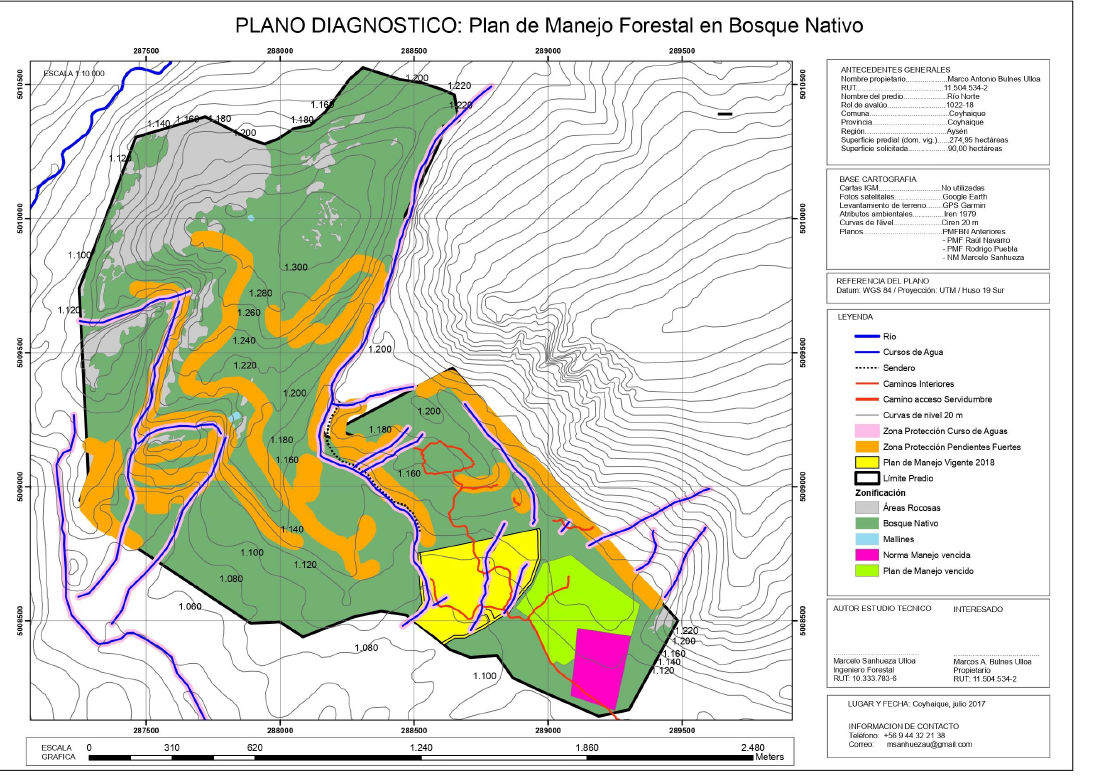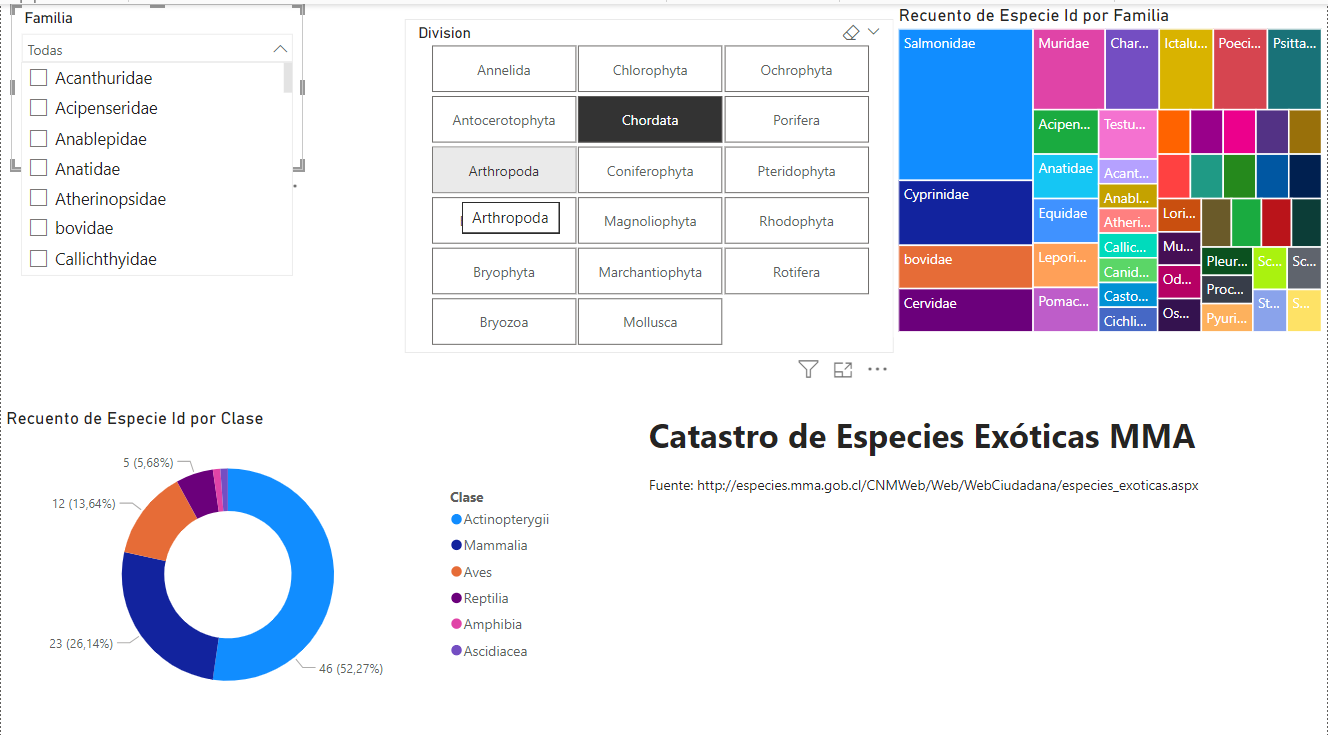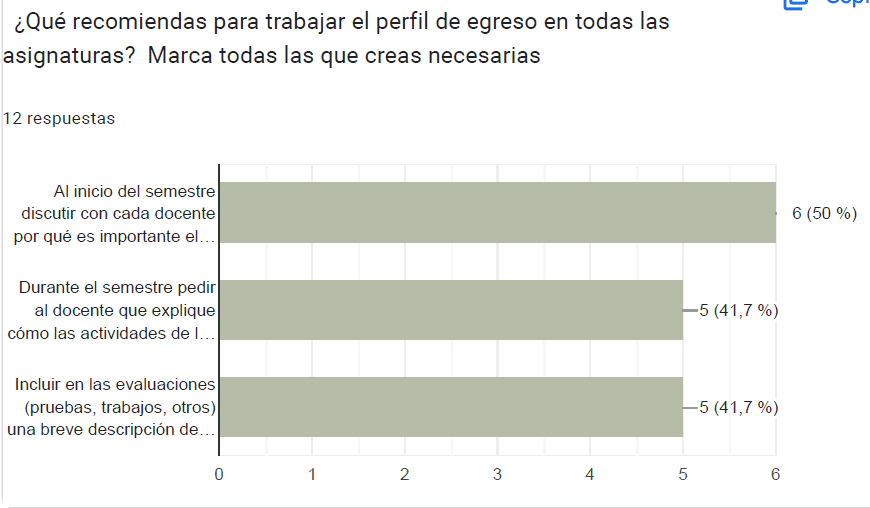Universities, through their undergraduate curricula, are expected to enhance knowledge, skills, abilities, and behaviors relevant to understanding and working with people (Bullard, 2015). The professional competencies established in these profiles will determine the curriculum, its implementation, and methodological and evaluative decisions (Biggs, 2003). This alignment (between the macro and the micro, or this realization of the macro in the micro) contributes/facilitates learning due to its significant nature (Ausbel, 1978) and situatedness or connection to practical experiences (Dewey, 1988). In terms of quality assurance, graduation profiles are considered reference elements in the accreditation processes. In the same line, the National Accreditation Commission for Higher Education (2022) mentions teaching strategies as well as other pedagogical issues must address the attainment of professional background skills; therefore, there is a need for a permanent review of achievement, as well as a review of the methodologies and evaluation instruments which allow for compliance with the committed goals (Carlos Fernando et al., 2021). The scenario described applies similarly to Universidad de Aysen, a public educational institution in Region de Aysen, Chilean Patagonia, established in 2017. One of its main endeavors has been to strengthen the engagement between the academic field and the local community, contributing to regional development. Consequently, academic programs and teaching practices are designed to support students’ learning, aligning with local needs. Furthermore, the university has defined a curriculum based on meaningful learning and a professional graduation profile for each undergraduate course, emphasizing skills and knowledge to fulfill professional performance.
In 2023, a teaching experience based on an experiential learning framework (Kolb, 1984) was conducted to guide technology skills instruction. The goal was to provide students with a realistic understanding of the profession and valuable career-related experiences which would assist them in securing employment upon graduation (Helyer & Lee, 2014). The experience described had two main purposes:
Enhance the development of professional competencies in undergraduate students in Forestry Education in the Technology tools II subject (FTT102).
A professional competency: “Demonstrate scientific and technological training related to the dimensions and complexities of the environment and forest ecosystems”.
The participants in this experience were 25 first-year undergraduate students in Forestry Education at Universidad de Aysen, Chile. None of them had previous knowledge about the programs QGis and Power Bi. Besides students, a forestry professor, a technology professor and an expert in curriculum were involved in planning and developing the learning experience.
The teaching experience was conducted during the second academic semester of first-year undergraduate students in Forestry Education at Universidad de Aysen. As part of the Technology Tools subject (CN1009), an experiential learning approach was employed to teach technological skills related to data visualization software (Power BI) and geospatial analysis (QGis or Quantum GIS). Both programs are essential in the national and international forestry professional field. Through this experience, students learned to use QGis for map creation, spatial analyses, and exploration of environmental variables using data from local landowners. Additionally, they gained proficiency in Power BI, creating interactive dashboards to visualize complex forestry datasets. These practical skills directly address the following learning outcomes outlined in the Forestry Education program:
• Demonstrating Scientific and Technological Training: Students acquired essential skills related to environmental dimensions.
• Design and Management Capacity of Agricultural Production Systems: They learned to work under conditions of edaphoclimatic restriction.
• Design and Management Capacity of Forest Resources Projects: Students honed their abilities in managing forestry resources (Forestry Education Curricula, Universidad de Aysén, 2017).
Beyond the specific Forestry Education outcomes, this experience aligns with Universidad de Aysén’s broader objective for all undergraduate programs in the Core Curriculum, namely that they be able to:
• Demonstrate commitment to engage effectively in social, cultural, and environmental development in the Aysen Region” (Core Curriculum, Universidad de Aysén, 2019).
The goal was to provide students with a realistic understanding of the profession and valuable career-related experiences (DeGiacomo, 2002) through a learning experience where technology skills, disciplinary knowledge and professional skills are taught in a joint manner. Kolb Experiential Learning Theory (1984) is a widely recognized and influential framework describing how people learn through experience (see Figure 1).
As far as the development of the teaching experience, both QGis and Power Bi were taught in weekly sessions of 90 minutes. The learning activities were designed and organized in units which had teaching strategies and assessments.
Figure 1
Kolb´s experiential learning theory

The QGis teaching and learning activities were taught over four weeks. Local data and local scenarios were included in order make the learning more meaningful and relevant to local needs.
The teaching experience comprised four stages:
Concrete Experience: Students created a map of their local area. This allowed them to directly interact with the material and gain an initial understanding through direct experience.
Reflective Observation: Students reflected on their experience. They discussed in groups what they observed, the challenges they faced, and the strategies they used to solve problems. This stage helped consolidate learning through reflection.
Abstract Conceptualization: Students related their experiences to theoretical concepts such as scale, measurement units.
Active Experimentation: Finally, students applied what they have learned to new situations. They worked on more complex projects, using digital cartography software (QGis) applied to local properties (see Figure 2 and Figure 3).
Figure 2
Digital cartography from a local landowner


Figure 3
Second example of digital cartography from a local landowner

Same as the strategy with QGis, the teaching and learning activities were delivered over four weeks using local and national data related to land management plans. This is relevant considering presenting and explaining land management plans will be one of the professional activities that students are expected to undertake while working. The learning strategies were comprised of the following phases:
Concrete Experience: Students collected forest data, such as tree species, density, and health status, from a local forest or a dataset. They input this data into Power BI to create initial visualizations.
Reflective Observation: Students reflected on their experience. They discussed in groups what they observed in the data, the challenges they faced in using Power BI, and the insights they gained from their visualizations.
Abstract Conceptualization: In this stage, students connected their practical experiences with theoretical concepts. They studied the principles of data visualization, such as the importance of choosing the right chart types, understanding data relationships, and ensuring data accuracy.
Active Experimentation: Finally, students worked on the visualizations and creation of an interactive dashboard that shows trends over time or compares different forest areas. This stage encouraged them to experiment with different features of Power BI and apply their theoretical knowledge to real-world scenarios (see Figure 4 and Figure 5).
Figure 4
Local data related to land management filtered by region, year, type of species, type of management presented using PowerBi


Figure 5
Data from local management presented using Power Bi

In terms of learning outcomes, students successfully completed tasks involving land management editing using QGis and data representation of forest management using Power BI. Beyond the technical editing tasks, students were required to present and explain their projects, demonstrating their technical proficiency and also their comprehension of the theoretical concepts related to various types of land use and forest management.
Apart from the academic assessment, a survey was conducted among the students to gather feedback seeking their opinions on the experiential learning process. The student survey results highlight the positive impact of the experiential learning experience. Participants appreciated the opportunity to apply their skills and knowledge in real-life scenarios, particularly within the context of the local complex geography. Looking ahead, they recognize the potential to design projects and solutions for local landowners using georeferencing programs and data processing. This practical application bridges the gap between theory and practice, equipping students with valuable tools for their future careers. Next are presented some of the questions asked:
Question: The learning activities we did during the semester prepared you to achieve professional skills.
Yes
No
I don´t know
Students agree 100% (si-yes) on the benefit of learning to achieve professional skills (see Figure 6).
Figure 6
Question: The learning activities we did during the semester prepared you to achieve professional skills

The next question was intended to include students´ opinions in relation to the way background skills should be presented by instructors.
Question: When do you recommend attaining professional background skills through different subjects?
a. At the beginning of the semester we should discuss it with each professor
b. During the semester, each professor explains how the learning activities contribute to attaining professional background skills
c. In every assessment it includes a description of its contribution to attaining professional background skills
Figure 7
Question: When do you recommend attaining professional background skills through different subjects?

The final question was open ended and asked students to share their opinion about the course. Responses included:
“ I find that this Technology Tools II, 2023 was very related to the career compared to others, and that is very good, since we are closely linked to the problems related to forestry and how with computer tools to be able to show data and important things such as large organizations or corporations like [National Forest Corporation.] On the other hand, we were able to do work with advanced programs that we will use in the future. This course has been spectacular, focused on our career and our graduation profile and I am excited to be able to do the work that I learned with the programs that we were taught.”
Despite receiving positive feedback from students, areas for improvement were identified. Specifically, additional support was needed for students who either lacked access to a computer at home or fell behind during class sessions. To address these challenges, video tutorials were created that detailed the instructions for both QGis and Power BI programs.
Drawing from this recent experience, it is feasible to propose early courses across all undergraduate programs at the Universidad de Aysén which will address professional challenges within contexts familiar to the students and necessitate the integration of technologies. This methodology nurtures a deeper connection to the real-world problems they will encounter post-graduation, actively working towards achieving graduation profiles at the micro-curricular level from the very first semesters.
By incorporating a structured progression throughout the curriculum, these activities can gradually elevate students' levels of autonomy while integrating interactions in real-life scenarios, involving actual clients or communities.
As far as broader implications for forestry education globally, considering different educational and ecological contexts, the incorporation of technologies in forestry education holds significant potential for advancing the profession. It enables a comprehensive approach to forest management and the development of sustainable projects for utilizing forest resources, grounded in data processing and virtual modeling. This integration facilitates the use of real-time data, the sharing of models, and collaborative online international learning methodology. By embracing these technological tools, forestry education can produce professionals who are adept at addressing the multifaceted challenges of modern forest management and sustainable resource utilization, especially in the current context of climate change.
According to academic results and the answers from the survey we conclude the teaching strategy based on experiential learning to Integrate QGis and Power Bi in Forestry Education to develop professional background skills, stated previously in the professional profile, has been successful. It is acknowledged this is one experience with a small group, therefore, the experience will be improved to be implemented in other subjects from other careers in the coming year. As stated previously, it is possible to introduce early courses across all undergraduate programs at Universidad de Aysén, focusing on professional challenges within contexts familiar to students and requiring the integration of technologies. In the future we hope this experience may be part of the strategies stated in the teacher professional development plan and, as stated in the discussion section, above all, the experience illustrates the possibility to teach technological skills as part of discipline, not in an isolated fashion, to support and connect with applications in working scenarios, which in the end makes learning meaningful.